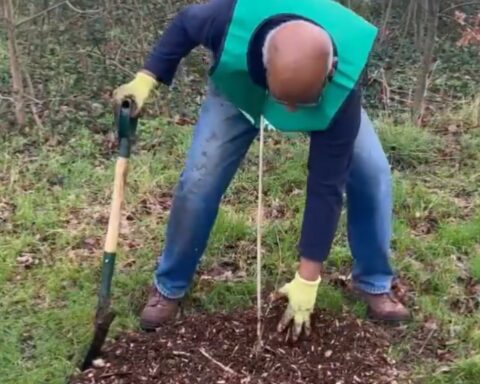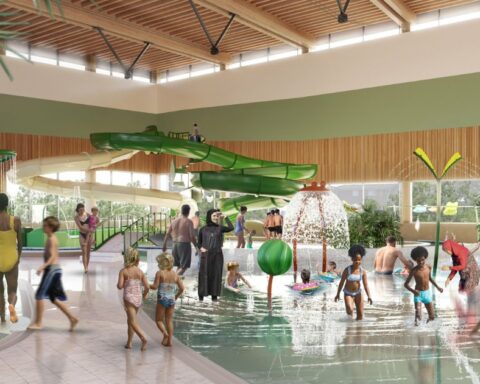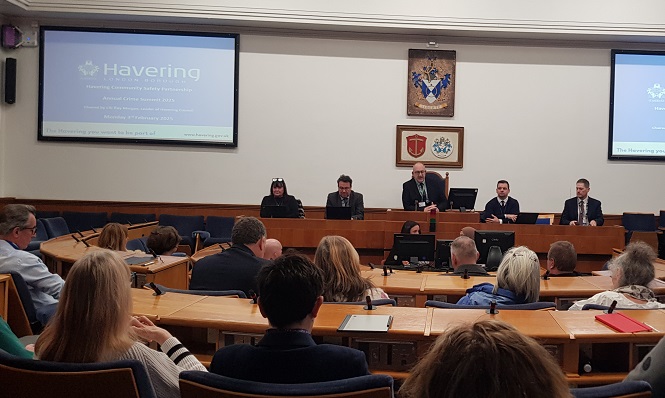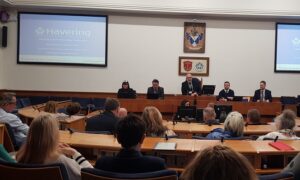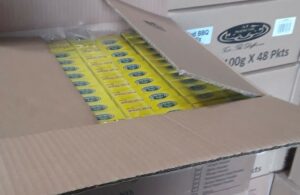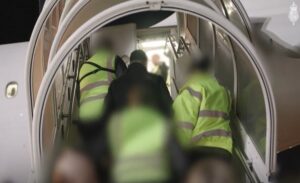Staff and pupils at St Gregory’s Primary School in Woodfield Road, Ealing, all helped plant species including sweet chestnut, alder and hazel saplings at a special ‘Tiny Forest’ planting ceremony.
Hundreds of trees were planted by pupils at St Gregory’s Primary School in Ealing as part of an ambitious project to transform their school grounds into a flourishing pocket woodland. The “Tiny Forest” initiative, which unfolded during a special planting ceremony, aims to bring the benefits of nature closer to the children while tackling climate change on a local scale.
With the enthusiastic participation of pupils and staff, species like sweet chestnut, alder, and hazel saplings were planted in the school’s grounds on Woodfield Road. Joining the event were Councillor Paul Driscoll, Ealing Council’s cabinet member for climate action, and Councillor Josh Blacker, cabinet member for a fairer start, both of whom praised the initiative for its impact on the environment and education.
A Tiny Forest is a densely planted area of native woodland, around the size of a tennis court, designed to grow rapidly and serve as an ecological powerhouse. By absorbing carbon dioxide, improving air quality, and boosting biodiversity, these miniature forests play a vital role in combatting climate change. The project also provides a living classroom where pupils can study wildlife, ecology, and sustainability.
The initiative was made possible through collaboration with Earthwatch, an independent environmental research organisation, and funding from Ealing Council. Headteacher Craig Ross expressed his enthusiasm for the project, saying, “This Tiny Forest will not only enrich our school environment but also strengthen our sense of community as we work and learn together as a family. It’s a fantastic opportunity for pupils, staff, and the local community to connect with nature and contribute to a greener, more sustainable future.”
The project is part of Ealing Council’s ambitious biodiversity action plan, which aims to plant 30,000 new trees and saplings across the borough by the end of 2023. This effort seeks to increase tree canopy cover, create new habitats for wildlife, and improve urban resilience to climate change.
Councillor Driscoll highlighted the importance of such initiatives, saying, “The Tiny Forest is a shining example of schools taking meaningful steps toward a greener, healthier future. Educating children about sustainability and the environment is crucial to fostering healthy habits in future generations.” Councillor Blacker added, “This project not only nurtures a love for nature among the children but also offers an innovative resource for learning. It was heartwarming to see the pupils so excited about planting trees and eager to understand their growth over time.”
St Gregory’s students are no strangers to environmental efforts. The school’s after-school gardening club is a popular activity, particularly for pupils without access to outdoor spaces at home. It provides them with an opportunity to learn about the environment, grow plants, and understand the origins of food.
The school’s commitment to sustainability and biodiversity has also been recognised. Last year, St Gregory’s won first prize in the schools’ category of Ealing’s Biodiverse Front Gardens and Balconies competition, cementing its reputation as a leader in environmental education.
As the Tiny Forest grows, it promises to serve as a haven for wildlife, a tool for education, and a symbol of hope for a greener future. For the pupils of St Gregory’s, the project is not just about planting trees but about planting the seeds of awareness, community, and action that will benefit both their school and the planet.



